Using a router in a router tablevs.using a router hand-held
|
||||
 |
||||
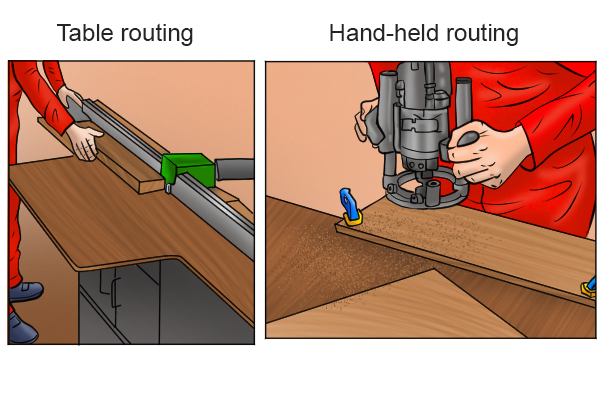 |
Most routers are designed to be used in two ways: Hand-held or stationary, mounted in a router table. Some people make their own tables, but you can also buy router tables that are designed to take the majority of modern routers. Wonkee Donkee Trend currently have and router tables that are compatible with most popular routers, although the router base plate and/or the table insert plate may need to be redrilled. |
|||
Hand-held routing |
||||
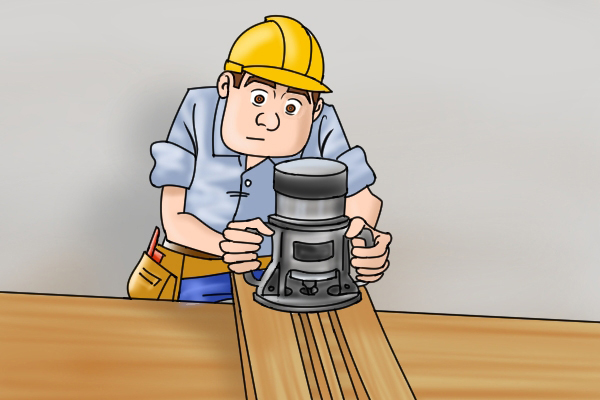 |
Hand-held routing applications involve controlling the rate and direction of feed by moving the router across or along the material so they cutter can cut and shape its surface or edge.
Hand-held routers are generally better for when you're working with larger pieces of material which may be harder to support on the surface of a router table. |
|||
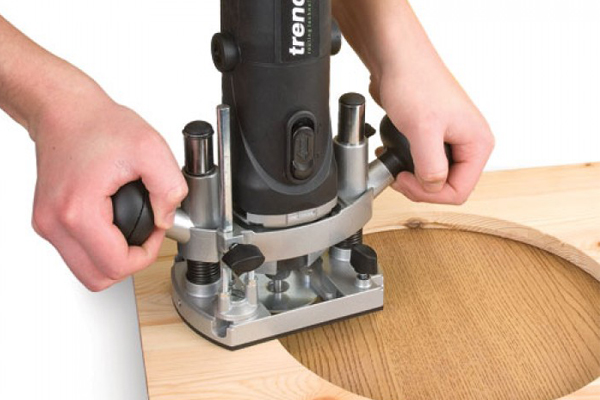 |
Using a hand-held router also allows you a better view of the router cutter and the cut you're making whilst working, so you can alter the feed rate accordingly.
For engraving and delicate carving, a light duty hand-held router can be easily manipulated for intricate movements that wouldn't be possible if the router was mounted in a table. |
|||
Router table routing |
||||
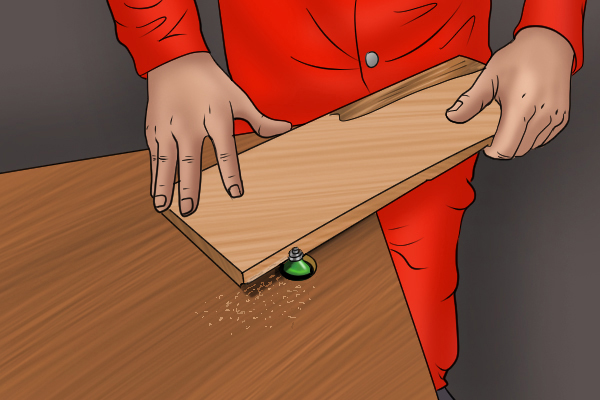 |
Stationary routing applications involve mounting a router upside down in a router table, and sometimes in a bench top, so that the router cutter is upside down, with the cutting edges facing upwards.
The user then controls the feed rate and direction by bringing the material to the router cutter. |
|||
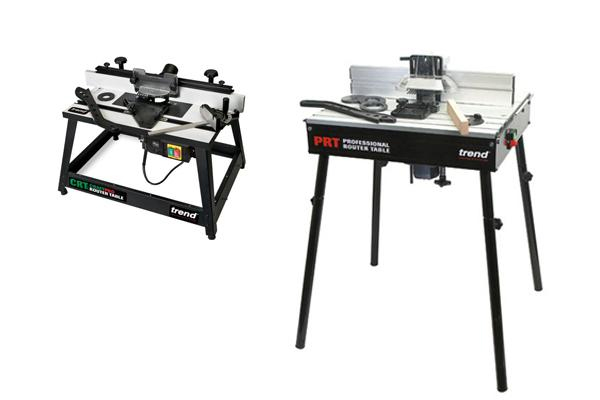 |
Generally speaking, stationary routers are better for working with smaller pieces of material that may not be able to support the base of a hand-held router. Push tools are used to manipulate small stock pieces around the cutter. This also applies to thin stock that's long. Things like beading and moulding should usually be shaped with a router in a table. |
|||
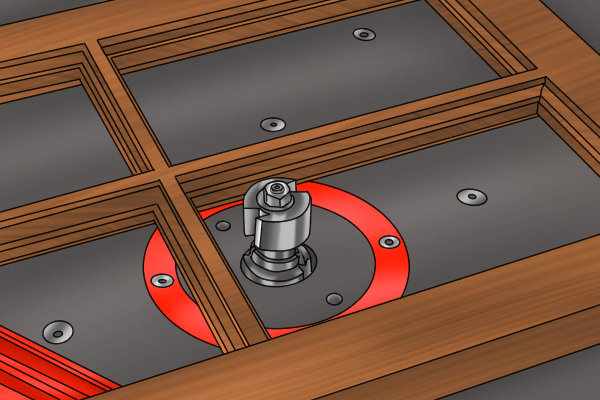 |
For safety reasons, a table router should always be used when using larger router bits (those over 44mm (1 ¾ inches) in diameter). Larger router cutters may be harder to control when using a hand-held router, especially when cutting the edge of a material. Router tables provide a more stable was to rout with these large cutters. |
|||
 |
||||







